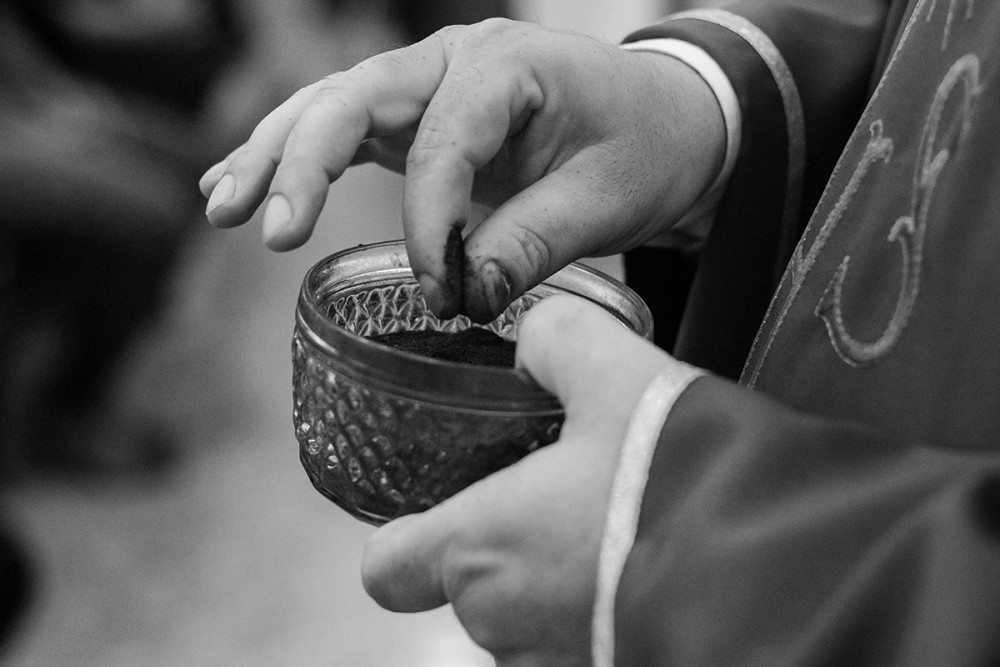Faith comes by hand
Throughout scripture, human bodies are not an obstacle to righteousness; they are its location.

Lately I’ve been thinking about hands. It started last summer, when I realized I was shaking someone’s hand for the first time in two years. Even before COVID, hand shaking was dropping out of my repertoire. I moved to Japan in 2018, and they bow here instead of shaking hands. Nothing tells you you’re a Westerner like the compulsion to shove your sweaty palm into a stranger’s.
Cultural cluelessness is one thing. Pandemic germs are another. But hands-off has increasingly been the norm in polite society—including in the church. Hands are essential to God’s work in scripture. Yet, other than the once-in-a-lifetime ordination rite for a very small subset of Christians, you’d never know it from going to church.
This is not without reason. Too many ministers have taken advantage of their position and mishandled those in their care. Better to rule out any risk of unholy hands at all, the reasoning goes. I sympathize with this concern. But I suspect the ease with which hands have been eliminated from ministry also reveals a practical gnosticism at work: the unexamined notion that bodies are obstacles to righteousness rather than its location.




